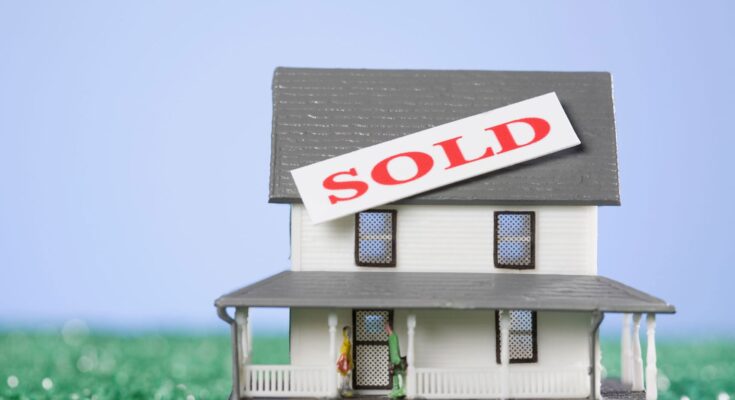If you’ve recently purchased a fixer-upper, are a real estate investor, or think it’s time to renovate the family home, then read this blog post to learn about a few of the common risks involved in renovating an older home.
Old home renovation is not for the unqualified or faint of heart because of numerous health hazards they can harbor. The irresistible allure of renovating an older home must be met with caution and expertise less your home improvement becomes a risk to your health or even fatal.
Here are a few risks you should watch out for:
Lead Paint
Prior to the lead paint ban in 1978, lead was used as a drying agent for interior paint in homes. For this reason, you can assume that any home built before 1978 has lead paint present, although it may be hidden several layers deep. If you’re renovating an older home, then the first thing you should do is order a lead testing kit or hire a lead testing company to do a more thorough test.
Lead poisoning is shown to be a cause of autism, ADHD, brain damage, and a long list of other physical and mental diseases. Luckily, lead paint is only an issue when it starts to chip. Regardless, it should still be taken very seriously because just a speck can lead to the above health complications.
Asbestos
Asbestos was used to strengthen and fireproof materials like concrete, bricks, pipes, and insulation. Asbestos is the most well-known health risk in older homes, but the question still is, how do you remove/work around it?
Just like with lead, contractors must be accredited by the EPA in the removal of asbestos and/or lead.
The biggest danger you’ll face is if the asbestos becomes airborne allowing for particles to be inhaled. Asbestos is a known cause of lung disease, cancer, and mesothelioma.
Fun Fact: Asbestos is still used in a variety of products today including roof shingles, ceiling and floor tiles, automobile brakes, and paper products.
Mold
Mold is not unique to older homes. However, the older a home or any structure is, the longer bacteria, mold, fungus, and other unwelcome organisms have to grow in dark, sometimes damp, and forgotten crevices.
Older homes are rife with mold-prone areas thanks to leaking roofs, broken water heaters, busted pipes, and wet foundations. Opening flooring or gutting walls can expose anyone in the surrounding area to mold spores when they become airborne.
With mold, it’s best to contain it until it can be properly removed.
Final Thoughts
It’s important to take extreme caution and always lean towards calling a professional when working with an older home that may contain lead paint, asbestos, or mold.
Many of the health risks involved can lead to chronic illness or death so they’re simply not worth messing around with.
Although you may not be able to avoid these issues, you can remove the risk from yourself by hiring a qualified home remodeling contractor to evaluate, remodel, and add safety to your older home.




